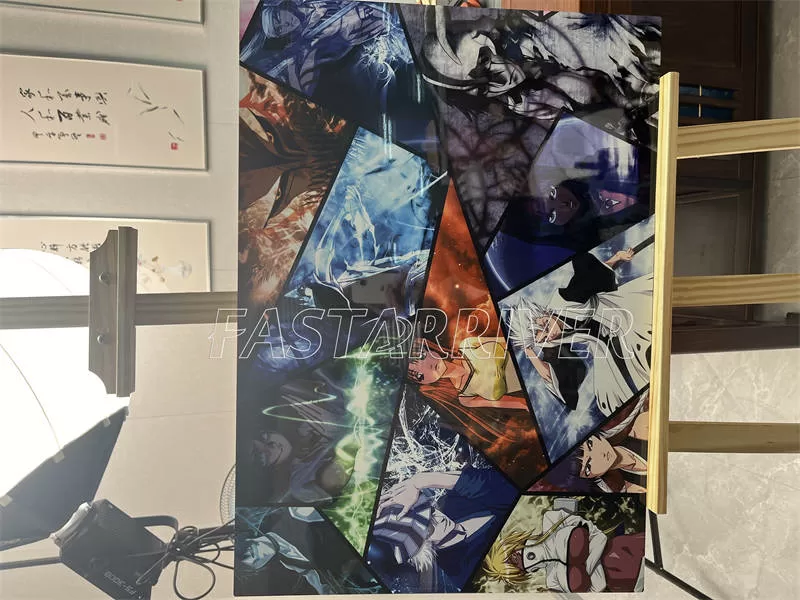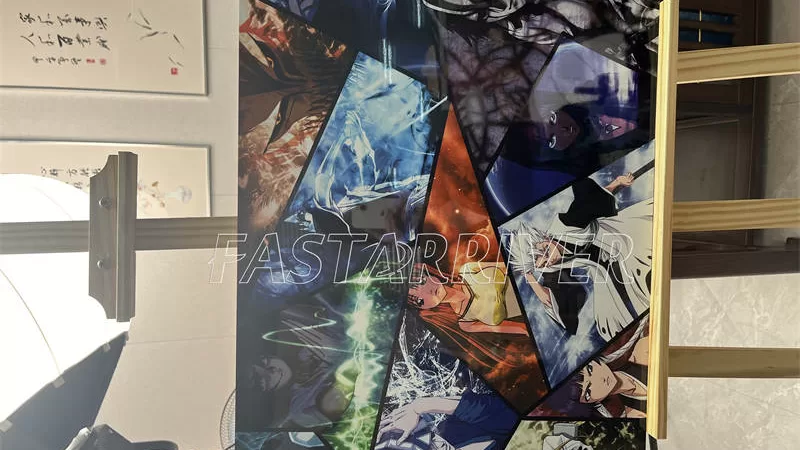Aluminium is a versatile and widely used metal, known for its lightweight nature, strength, and corrosion resistance. Like all elements, aluminium changes its state (solid, liquid, gas) at specific temperatures. Understanding these thermal properties is key to working with aluminium, whether in manufacturing, cladding, or artistic applications like printing.

Understanding Aluminium’s Properties: Why it Doesn’t Sublimate
For a material to sublimate, it must transition directly from a solid state to a gaseous state. While this occurs for substances like dry ice, aluminium does not behave this way under typical conditions.
- Aluminium’s Melting Point: Aluminium has a relatively low melting point compared to many other metals. It transforms from a solid to a liquid at approximately 660.32°C (1220.58°F). This is a crucial temperature for processes like casting and forming.
- Aluminium’s Boiling Point: To turn into a gas, liquid aluminium must reach its boiling point, which is a much higher temperature of approximately 2519°C (4566°F).
Due to these distinct melting and boiling points, aluminium always passes through a liquid phase before turning into a gas under standard pressure. Therefore, aluminium itself does not sublimate.
Dye-Sublimation Printing ON Aluminium: The Real Process
When you hear about “sublimation on aluminium,” it almost certainly refers to dye-sublimation printing. This is a high-quality digital printing technique where images are transferred onto specially prepared aluminium panels.
- What is Dye-Sublimation? In this process, unique dye-sublimation inks are printed onto a transfer paper. When this paper is placed against a specially coated aluminium panel and subjected to specific heat and pressure in a heat press, the solid dyes turn directly into a gas (sublimate). These gaseous dyes then infuse into the polymer coating on the aluminium panel, creating a permanent, vibrant, and scratch-resistant image.
- The Role of the Special Coating on Aluminium: Crucially, the aluminium panel itself is not sublimating. It’s the thin, clear polymer coating on the aluminium surface that acts as the receiver for the sublimated dyes. Without this coating, the dyes would not be able to bond with the metal.
Key Parameters for Dye-Sublimation on Aluminium
Achieving optimal results in dye-sublimation printing on aluminium depends heavily on precise temperature and time control, along with other factors. Here’s a breakdown of the typical specifications:
| Parameter Category | Details |
|---|---|
| Process Classification | Dye-Sublimation Transfer Printing: This is a chemical process where solid inks sublimate (turn to gas) and bond with a polymer coating on the aluminium surface. It is distinct from the aluminium material itself changing phase. |
| Typical Temperature Range | 180°C – 205°C (355°F – 400°F): This is the critical temperature range for the dyes to sublimate effectively and infuse into the aluminium‘s coating. Too low, and colors may be dull; too high, and the image might “blow out” or scorch. |
| Typical Time Range | 45 – 90 seconds: The duration the aluminium panel is under heat and pressure in the heat press. Shorter times can result in incomplete transfer, while longer times might cause color shifts or dullness. |
| Aluminium Panel Thickness Influence | Thinner Panels (e.g., 0.5mm – 1.0mm): Generally require less time (e.g., 45-60 seconds) as they heat up faster. Thicker Panels (e.g., 1.5mm – 3.0mm): Often need more time (e.g., 75-90 seconds) to ensure the entire aluminium panel reaches the correct transfer temperature for consistent results. |
| Alloy Suitability (for Sublimation) | The specific aluminium alloy (e.g., 1100, 3003, or 5052) is less critical than the quality of the polymer coating applied to the panel. However, flat, smooth alloys are preferred for even printing. Reputable brands like ChromaLuxe use high-grade coated aluminium blanks. |
| Packaging of Sublimated Aluminium | Once printed, sublimated aluminium panels are often protected with a peel-off clear film to prevent scratches. For shipping, they are typically placed in individual sleeves or padded boxes for smaller items, or stacked on wooden pallets with protective interleaving for larger quantities, ensuring the finished product reaches the customer safely. |
Factors Affecting Dye-Sublimation Results
Beyond temperature and time, several other factors influence the success of dye-sublimation on aluminium:
- Pressure of the Heat Press: Consistent, even pressure is crucial for good contact between the transfer paper and the coated aluminium, ensuring uniform image transfer.
- Quality of Sublimation Inks and Paper: High-quality inks provide vibrant colors, and specialized sublimation paper releases the dyes efficiently.
- Calibration of the Heat Press: An accurate and evenly heated heat press is vital. Cold spots can lead to inconsistent image quality.
- Ambient Conditions: Humidity and room temperature can subtly affect paper and ink performance, so a stable environment is recommended.
Other High-Temperature Processes Involving Aluminium (Briefly)
While aluminium doesn’t sublimate, it undergoes other high-temperature processes in manufacturing:
- Melting and Casting: As mentioned, aluminium is melted at around 660°C for casting into various shapes and forms.
- Vaporization (e.g., PVD Coating): In highly specialized industrial applications like Physical Vapor Deposition (PVD), aluminium can be vaporized in a vacuum at very high temperatures (close to its boiling point) to create thin, protective coatings on other materials. This is vaporization, not sublimation.
